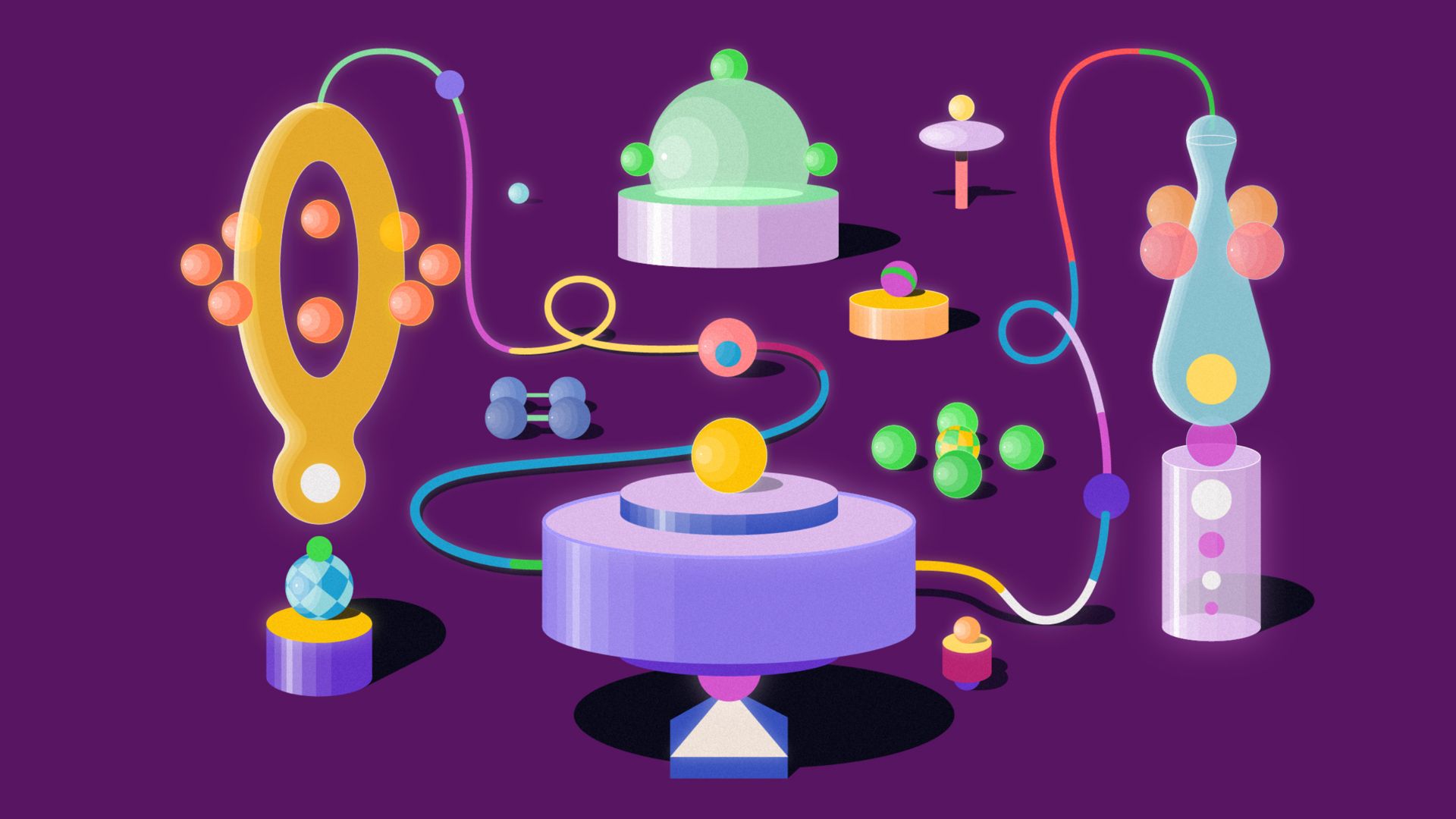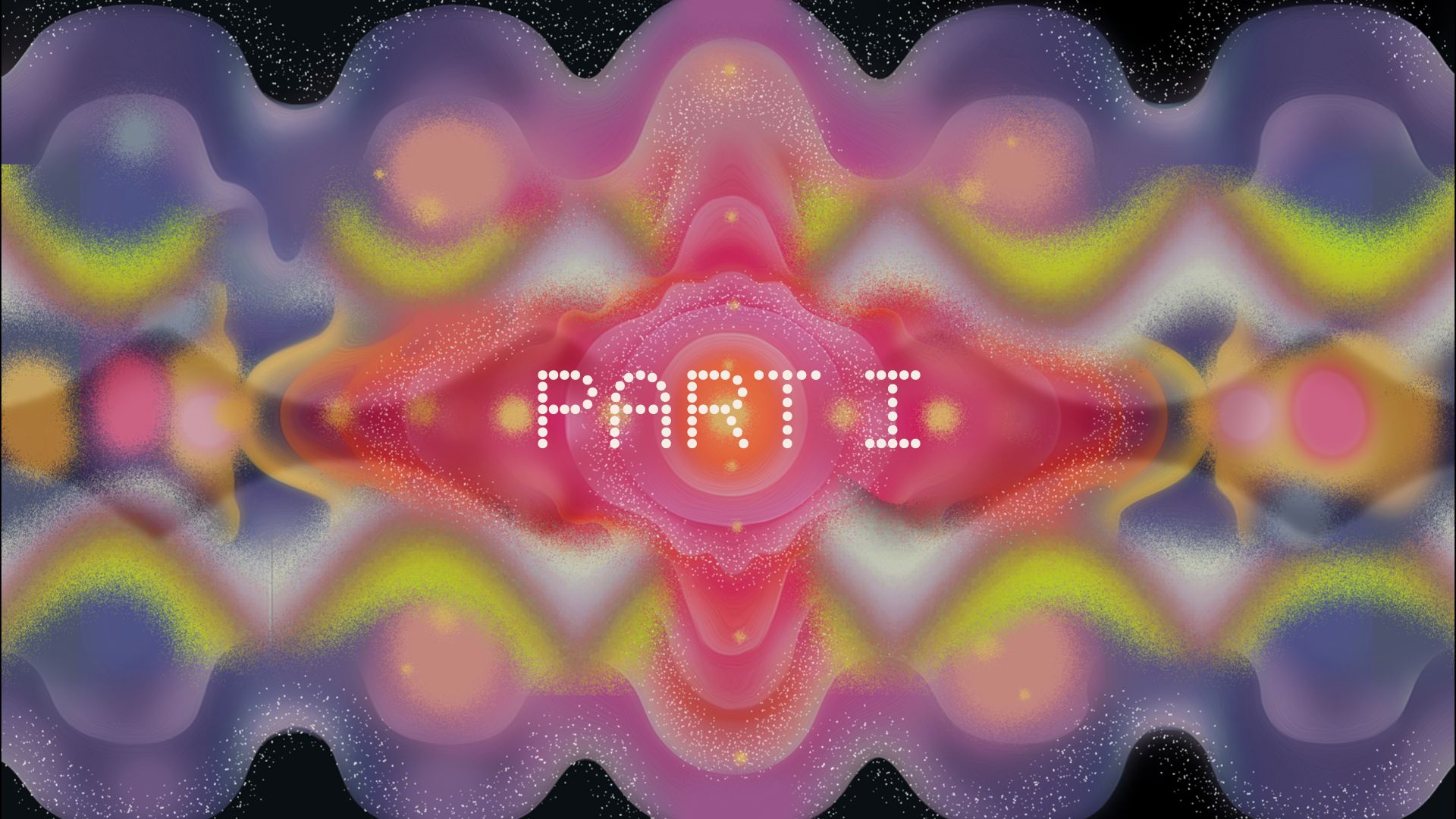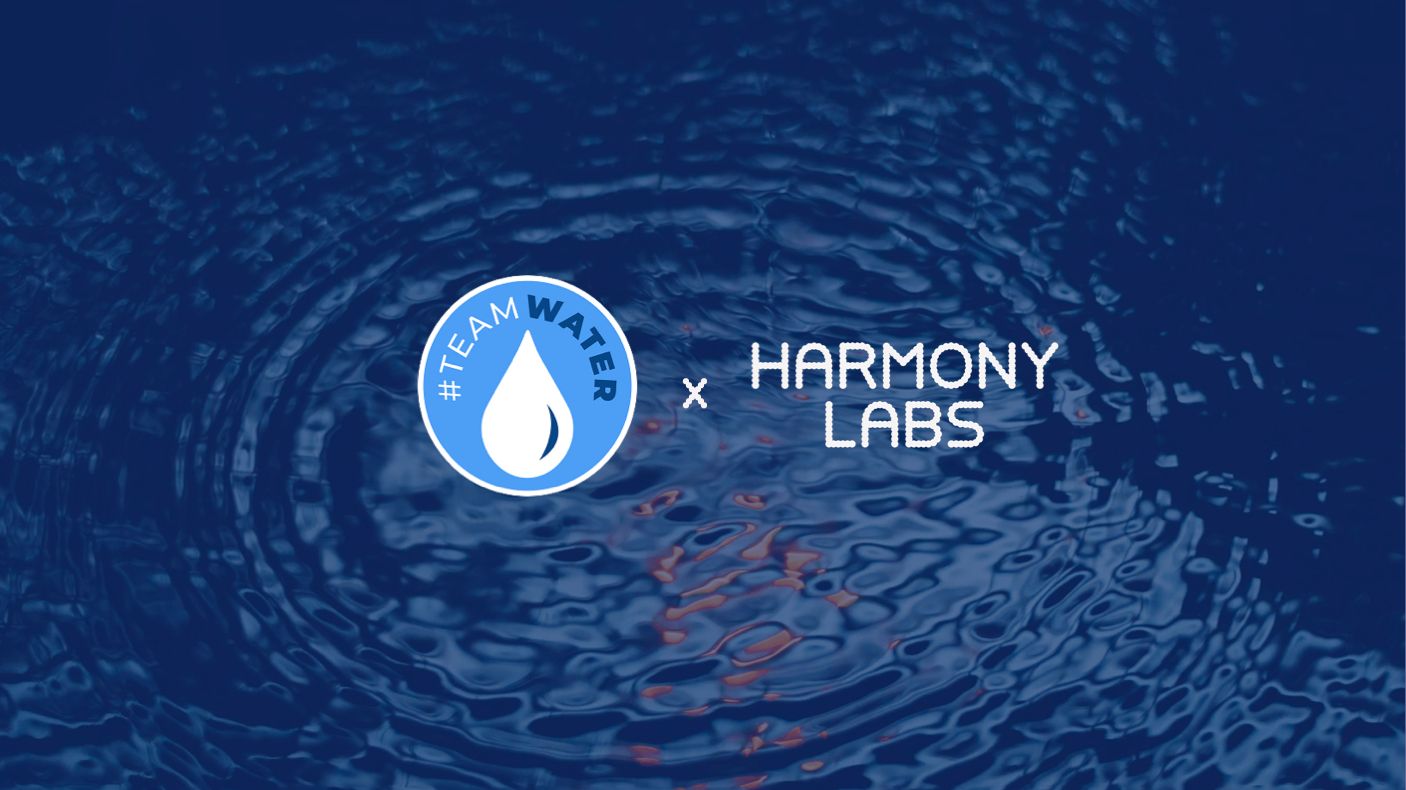Four Principles For Building Power in Media


2025-06-02
This is Part I of our ongoing survey dispatch capturing audiences’ evolving deep stories on equality, and the role they can play in ending systemic racism and health inequity. You can read Part II, Part III, and Part IV here.
At Harmony Labs, we believe people’s macro beliefs about societal issues and opinions on government policy are shaped by deeply personal experiences in areas like health, money, and gender. These “deep stories,” the underlying beliefs about how the world works, drive how people see their roles and responsibilities, especially around complex issues like systemic racism and health inequities.
The future must be equal—but not all forms of equality are the same. Importantly, the goal isn’t simply equality for its own sake, which could mean that everyone is equally disadvantaged or underserved. As we consulted with dozens of advisors and stakeholders, it became clear that the equality we should all aim for is in “equal flourishing.” True progress means not just narrowing disparities, but ensuring equality in living the “good life,” grounded in everyday connection, positivity, resilience, and power.
Studying equality is simple in theory, but messy in practice. Measuring group-level disparities does not offer insight into how individuals actually perceive equality, what drives those perceptions, and whether they are willing to work to close gaps and promote positive outcomes for all groups. That’s why we built the Deep Story Survey System, a tool that goes beyond surface opinions to reveal what truly motivates people’s choices.
For our first wave, Harmony Labs surveyed over 3,600 people nationwide, drawing from a pool of more than 250 questions about perceptions of equality, health journeys, and personal roles in the system—aiming to uncover not just what people believe, but why. We looked at four distinct audience segments—People Power, Tough Cookies, If You Say So, and Don’t Tread On Me—using our framework grounded in Shalom Schwartz’s universal human values.
Note that survey numbers are used directionally, highlighting patterns and contrasts between audiences, not as absolute measures of belief.
The dissatisfaction with how things are is all around us. People rage against broken systems, complain about corrupt politicians, and protest unfair outcomes with impressive consistency. Turn on any news channel, scroll through social media, or chat with neighbors—you’ll find no shortage of people ready to tear down what isn’t working. But here’s what we’re not great at: imagining what comes next.
When it comes to equality, our research reveals a striking blindspot: audiences across values have trouble imagining what a truly equitable society could look like. While 62% of People Power, the community-oriented audience, can easily picture how an equitable society would actually function, that number plummets to just 38% for Don’t Tread on Me, the authority-oriented audience. Other groups hover below 50%. This “imagination gap” signals that for many, equality remains a vague aspiration rather than a concrete vision. And realizing a true vision of equality means articulating the future we want, not just rejecting the way things are now.

We need a unifying vision that helps us define what success looks like, so that we can evaluate whether new stories can successfully address systemic racism. That’s where the narrative goal—the minimum set of narrative elements that would represent progress toward systemic equality—comes in. We focused on four pillars that map to different dimensions of the narrative goal: a shared vision for equality, belief in personal agency, commitment to equal outcomes, and support for tracking progress. Here’s where each audience stands:
 People Power consistently demonstrates the strongest support across all four pillars, reflecting their core values of equity and community. Don’t Tread On Me, by contrast, shows the least agreement: only 40% endorse group equality, and just 28% think tracking racial equity is very important. Although Tough Cookies and If You Say So are grounded in distinct core values—tradition and order for the former, autonomy and creativity for the latter—both show similar, moderate support (around 50%) for group equality and tracking racial equity. This unexpected alignment, despite their differing values, suggests an opportunity to create stories that resonate with both groups and potentially build broader support for systemic change.
People Power consistently demonstrates the strongest support across all four pillars, reflecting their core values of equity and community. Don’t Tread On Me, by contrast, shows the least agreement: only 40% endorse group equality, and just 28% think tracking racial equity is very important. Although Tough Cookies and If You Say So are grounded in distinct core values—tradition and order for the former, autonomy and creativity for the latter—both show similar, moderate support (around 50%) for group equality and tracking racial equity. This unexpected alignment, despite their differing values, suggests an opportunity to create stories that resonate with both groups and potentially build broader support for systemic change.
60% of people in the US across all audiences believe everyone can influence and change societal systems. But when it comes to taking personal responsibility for racial equality, that shared belief gives way to differing perspectives. While 81% of People Power agree that “it is everyone’s responsibility to actively create racial equality in all aspects of life,” only 47% of Don’t Tread On Me agree. This reflects a gap between perceived agency and willingness to take action, as if people think, “It’s possible to improve racial equality, but it’s not my job.”
 The same pattern is observed in health equity. Don’t Tread On Me is three times as likely as People Power to believe that everyone has equal health opportunities (57% vs 19%). Both groups believe systems can change, but they disagree about whether change is needed.
The same pattern is observed in health equity. Don’t Tread On Me is three times as likely as People Power to believe that everyone has equal health opportunities (57% vs 19%). Both groups believe systems can change, but they disagree about whether change is needed.

Our findings make one thing clear: efforts to advance equality—whether through policy, programs, or movements that promote systems change—simply aren’t complete when they don’t incorporate the perspectives of groups who recognize progress in different ways. It’s encouraging that community-oriented audiences can envision a positive future for systemic equality, but that vision alone isn’t enough; they need the drive and belief in personal agency that more individualistic audiences bring. On the other hand, individualists’ focus on action is vital, but without recognizing systemic barriers, their efforts might fall short of lasting change.
This is why the path forward is about aligning on the destination, not about forcing consensus on how to get there. We need a multitude of stories that speak to the values and perspectives of different audiences, so that everyone can see themselves in the journey toward equality, even if their routes are different.
In the next survey dispatch, we’ll explore narrative opportunities to bring audiences closer to both envisioning and acting together for a future where equality is the norm. Read Part II, Part III, and Part IV, and subscribe to our newsletter for updates about our latest research.



